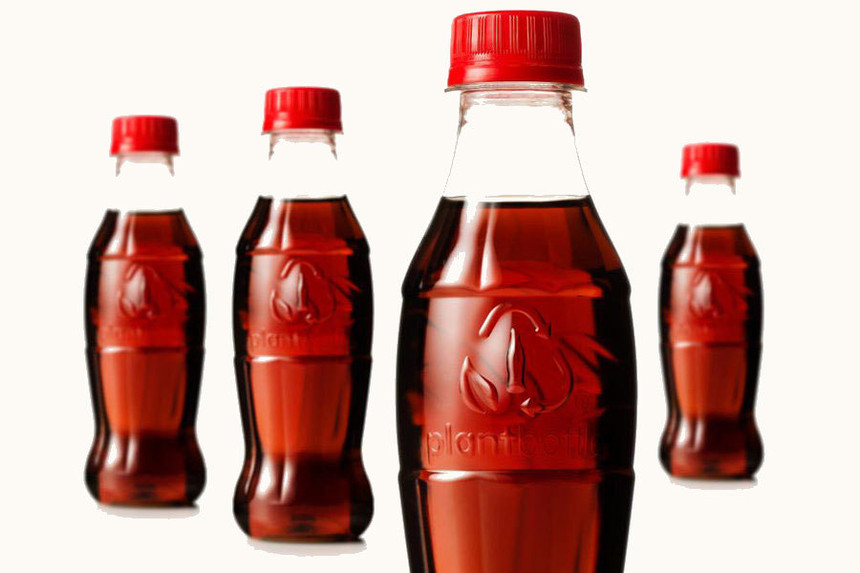NEWS CENTER
|
Why Bioplastics Will Not Solve the World
The notion of industry bearing the financial burden for recycling the materials it produces is starting to gain some traction, with companies such as Nestle Waters vowing to support moves to implement extended producer responsibility in the beverage industry. From the shores of the Arctic Ocean, to the beaches of the Mediterranean, to the rivers of India, plastic is accumulating in staggering quantities, especially in marine environments. The Great Pacific Garbage Patch has now grown so large that it is spread across an area four times the size of California, according to a study in the journal Scientific Reports. And this plastic, which eventually breaks down into nanoscale particles and is consumed by organisms from algae to whales, will never go away. So why have bioplastics, touted as an important solution to the plastic problem, fallen far short of their promise? Single-use plastic packaging made from oil — technically polyethylene terephthalate, or PET — is the kind most drinks and food are sold in. It is, in many ways, the perfect packaging — strong, light, versatile, clear, and inexpensive. It protects products extremely well, keeps them fresh, and can even stand up to the acid and pressurization of soft drinks without breaking down or becoming permeable over months or years. Bioplastic needs to replicate these functions, and it does for some products. The two most commonly used bioplastics are PHA, short for polyhydroxyalkanoate, generally made from sugars that are grown from algae, and PLA, for polylactic acid, which is made from the sugar found in crops like corn and sugarcane. PLA is a tenth the cost of PHA and so is more widely used for disposable cutlery and a variety of packaging. PHA is used as a coating for the inside of paper cups and medical applications. |



